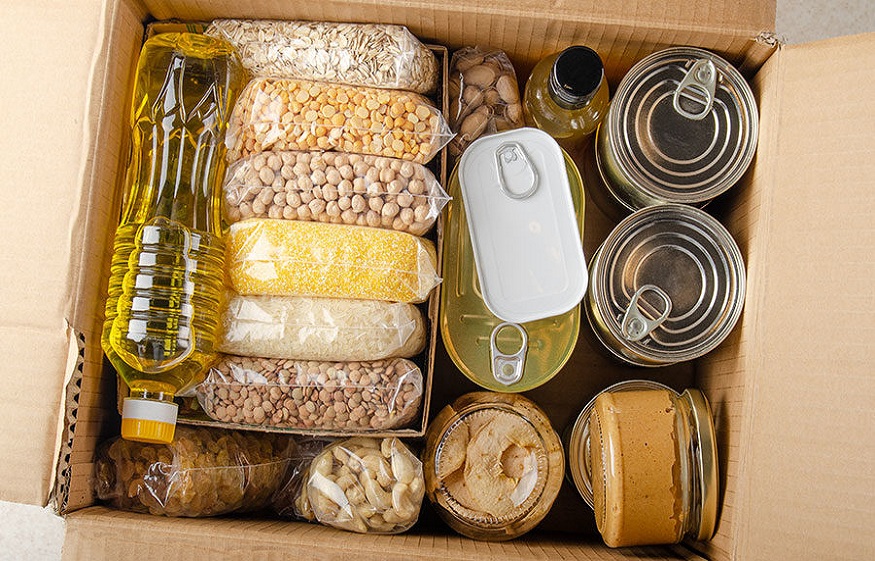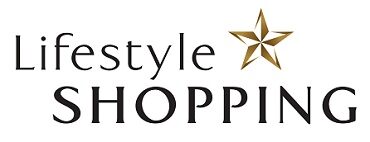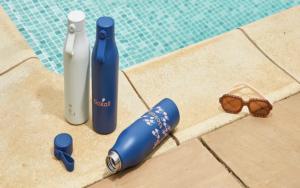History and the usage of self-adhesive labels

Labels that stick to surfaces when you apply pressure are known as self-adhesive labels. These labels will adhere to any surface without the use of water or any other kind of solvent. The effectiveness of self-adhesive labels can be affected by a number of factors, including surface tension and the presence of contaminants. Temperature and moisture, for instance, are additional environmental factors that can influence the labels’ ability to adhere to a surface. Environmental labeling needs can be met with the help of special adhesives.
Since the beginning of the 1880s, colorful paper labels have been used to identify products. European artists brought them to Australia, and letterpress and lithography—the first commercial arts—were the printing processes that were used most frequently at the time. When labels used for luxury private label cosmetics were made, the goal was the same as it is now: to try to get the customer’s attention. Today, many of the labels used in the past are collectible and can be purchased at antique stores.
History
Stanton Avery was the first manufacturer of self-adhesive labels in the 1930s, turning it into a global success story that continues to this day. However, everything changed when the inkjet printer was developed in the 1980s. People started printing their own labels after inkjet became widely available.
Use of labels
Labels are now used by most businesses and their products. Why? Since they are exceptionally persevering and keep going for quite a long time, the greater part of them are impervious to water and they don’t strip off without any problem. Most wine and drink organizations pick self cement marks since they endure corruption from substances and when they are kept in coolers, fridges, and so on.
Self-adhesive labels
They are also regarded as very cost-effective by manufacturers as well as the industries that employ them. The production of printed labels in the modern era is extremely quick and dominated by flexographic printing processes. Digital printing is now also playing a significant role, making it possible for printers to supply labels in smaller quantities and with greater flexibility for variants within the run. Self-adhesive labels can now be used by anyone involved in the packaging of goods because modern label manufacturers can produce more units in a shorter amount of time at a lower cost than any other type of traditional labeling method.
The extensive adaptability of self-adhesive labels
This is yet another one of their numerous advantages. These labels can be made in any size and shape to fit any container or product. They can be printed on the subsurface and decorated with a variety of features.
With the development of technology, computer programs can now design adhesive labels with a variety of security features like RFID tags and tamper-evident security seals. Self-adhesive labels can also be made from recyclable and biodegradable materials for businesses that care about the environment.
Making of a self-adhesive label
When making a self-adhesive label used for packaging and labeling of food products, there are therefore numerous materials from which to choose. Opaque paper is the most widely used type for product and informational labels; Thermal eco is suitable for weighing/machine labels and price tags; Fluorescent papers, which have a very bright color and are excellent for advertising labels; Silvervac or Goldvac is metalized golden or silver paper that can be used to make high-quality, glossy metallic labels and is frequently used for advertising and decorations. This direct thermal paper does not stain or fade as quickly as other types of paper, and it can be used for a wide range of applications, including labels for weighing machines.
As may be obvious, there truly is no disadvantage for any sort of industry to utilize self-cement marks. Additionally, as was previously mentioned, self-adhesive labels are utilized by numerous industries and have been for some time. They will most likely continue to involve them for significantly longer as well, particularly the accompanying enterprises:
Clothing
A lot of brands, if not all of them, are marked with stickers and labels with price codes, sizes, material makeup, and washing instructions. Additionally, self-adhesive labels are currently being used the most in the clothing industry due to an increase in domestic exports. Its fundamental benefit is to precisely pass basic data relating on to the piece of clothing, and especially how to really focus on it.
Additionally, it is extremely user-friendly for customers to view. Self-adhesive labels are also able to withstand hot or humid conditions on land or at sea, which is important because a lot of clothing needs to be shipped around the world.
Food
In this industry, self cement names have laid out an unequaled standing of dependability and adaptability in each viewpoint. They play a variety of roles in the food industry. They can, for instance, identify individual items in catch weigh applications, particularly for fresh food, at the retail point of sale.
By scanning the barcode at the checkout, barcode labels help consumers correctly identify the contents and make it possible to quickly and easily identify products. Additionally, they play a significant role in providing tamper evidence and product authenticity. Despite the fact that there are more applications in business and industry.
The petroleum industry, the pharmaceutical industry, the tire industry, supermarket logistics, and, as we mentioned earlier, the beverage industry are just a few of the many sectors in which self-adhesive labels are indispensable.
Conclusion
Self-adhesive labels appear to be the best option for a very long time. They are a necessary component of product identification and marking for many years to come, and we come across them everywhere we go, even if it is not a retail store or a place where we could buy a product. The label industry is able to effectively produce high-quality self-adhesive labels with quick turnaround times thanks to new developments in adhesive technology and paper production.
Label printers used by food packaging, and labeling companies are also able to achieve shorter run lengths and faster setup times thanks to new printing technology. The market remains extremely aggressive for name makers – however, those that can improve, and remain in front of current innovation progressions keep on succeeding.








